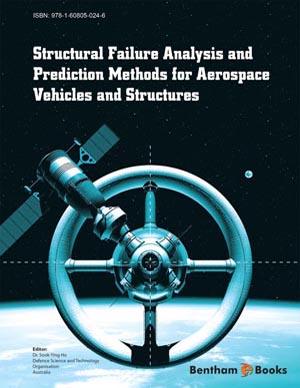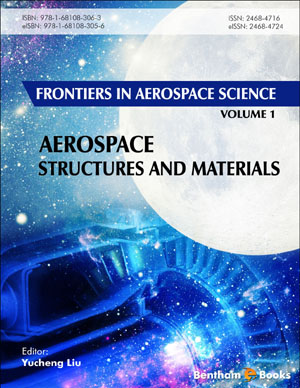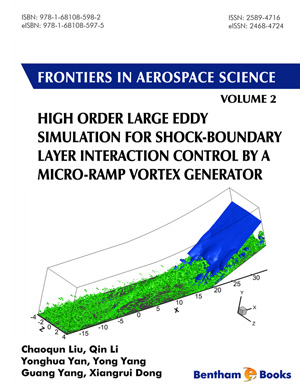Abstract
In aerospace vehicle design, structures always contain a range of geometric variations including various notches, holes and cutouts to achieve certain mechanical functions as well as weight savings. Those notches and holes can cause local stress concentrations and/or create hot spots for fatigue crack initiation and propagation. This chapter presents an analytical study of fatigue crack growth in aluminium alloy 7050-T7451 notched specimens under a fighter aircraft wing root bending moment spectrum. The crack growth data were measured by quantitative fractography for three groups of specimens with different stress concentration geometrical features. Under spectrum loading and for each spectrum peak stress level, a minimum of five specimens were tested. Based on the analysis of the measured spectrum crack growth data using linear elastic fracture mechanics, it was found that the concept of geometry factors formulated in the stress intensity factor could not collapse the crack growth rate data derived from each stress concentration feature, particularly near the small crack growth region. In order to investigate the possible reasons for this, three-dimensional elastic-plastic finite element analysis was used to determine notch plastic zone sizes for each stress concentration geometry. As a consequence, an alternative crack growth driving force which considered both notch elastic-plastic stress field and gross net-section stress field was used to interpret the fatigue crack growth data under spectrum loading. It was found that the predictions of crack growth under spectrum loading for different stress concentration factors at different peak load levels agreed reasonably well with the experimental results.


















